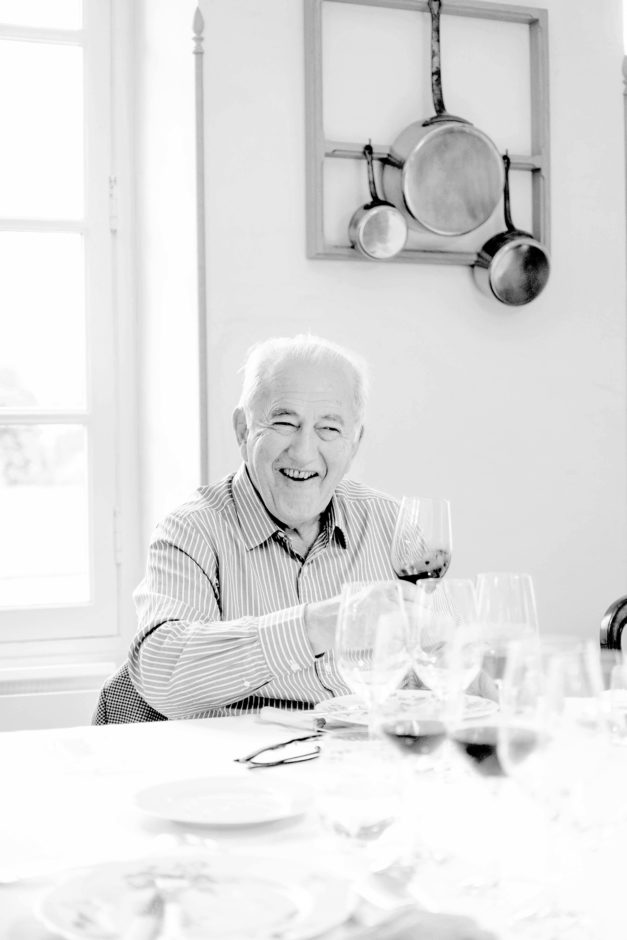15th Jun 2022
In February this year, I visited Château Pontet-Canet to taste every vintage made since the organic and biodynamic conversion: 2010-2020. The signatures that shine through each of these years are brightness, energy, and the purity of fruit, creating a singular expression of Pauillac that hovers above the crowd. And yet there remains a firmly structured classicism about the 2019 vintage, instilling a sense of regionality and a gravitas. A Pauillac paradox, today’s Pontet-Canet is both timeless and ahead of its time.
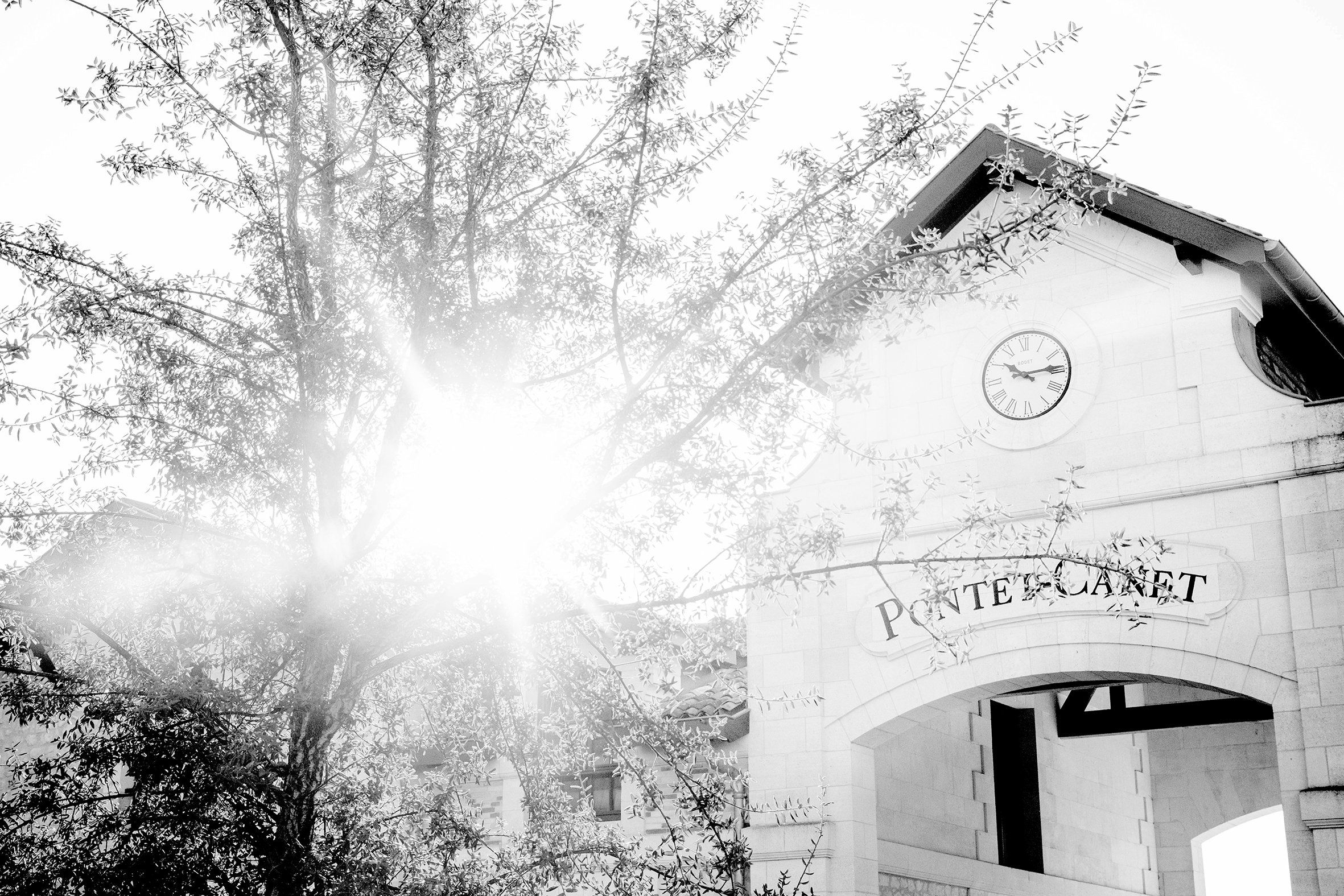
The Pauillac Paradox
Château Pontet-Canet is, on the one hand, a journey back in time. The winery grounds resemble 18th Century farm buildings. The once crumbling, ancient stonework of the administrative buildings’ walls collected around the first courtyard has been painstakingly restored to its former, understated, functional beauty. The second courtyard is surrounded by stables that house the estate’s workhorses. A modest door at the bottom of this courtyard leads to an apothecary of yesteryear, the “herbal tearoom,” filled with stacks and drawers of dried herbs, tree barks, and desiccated plants, a collection of largely forgotten vine healing abilities. The dim tranquility of the old barn that houses the barrel room, the creaking wooden stairs to a silent hand-sorting room that time forgot, the absence of the hum of electricity throughout—all mummer the word Luddite, a rejection of technology and modern ways. And yet, Pontet-Canet is, on the other hand, one of Bordeaux’s most innovative, cutting-edge properties.
Established as a vineyard in 1705 by Jean-Francois de Pontet, recognized as a fifth growth in the classification of the Médoc of 1855, the interesting story behind this château is not in its history but its present. The metamorphosis into what Pontet-Canet is today began in 1975 when it was purchased by Guy Tesseron, who was already a well-established Cognac merchant. But the era of realization for this property began when Guy’s son, Alfred, took over the estate in 1994.
Hired by Alfred’s father, Jean-Michel Comme was the estate manager at Pontet-Canet from 1989 until 2019. Alfred Tesseron gives Comme full credit for being the creative spark behind the idea to redevelop the vineyard using organic and biodynamic methods. Soon Tesseron was convinced that converting to sustainable practices and creating a balanced environment for the vines could “express the best subtleties of each terroir.” Ten years after Alfred took over the estate, biodynamic trials began to take place on a portion of the vineyards. In 2005, the three-year biodynamic vineyard conversion period began. In 2007, mildew pressure—one of Bordeaux’s most significant viticultural challenges—became too great, and Tesseron had to opt-out of the conversion, only to start again. After this, he vowed never to go back to conventional viticulture. In 2010, Pontet-Canet was the first major Bordeaux producer to become certified organic by Biodyvin, and in 2014, it was certified biodynamic by Demeter.
Beyond taking these arduous organic and biodynamic routes, Tesseron and Comme were determined to create a wholly sustainable winemaking environment. Tesseron has recently increased the stable area of the estate so that around half of the vineyard is plowed by horses, hoping to one day eliminate tractor use, which is not only better for the planet but creates less soil compaction. Geothermal energy is used to power the winery—a complex system that harnesses the heat naturally generated far below the vineyards, which is approximately 400% more efficient than using propane or oil. And in 2019, a new, innovative way of sorting and destemming the harvest entirely by hand was introduced.
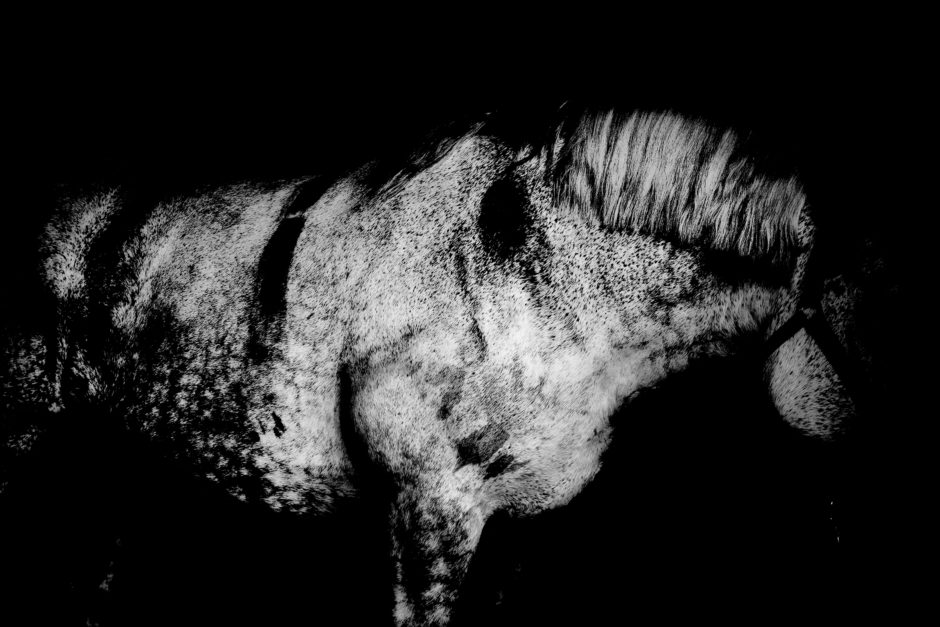
Alongside his push towards sustainability has been Tesseron’s drive to best express Pontet-Canet’s unique piece of land by producing wines of great purity, minerality, and age-worthiness. This has led to a number of groundbreaking changes in the winery. Since the 2012 vintage, custom-designed and constructed clay amphorae have been introduced to age a portion of the wine. The clay contains gravel stones from the best Cabernet outcrops and limestone from the best Merlot terroirs. Used to maintain the purity of the grapes—amphorae are less oxidative than oak barrels but not completely inert like stainless steel—around 35% of the grand vin is aged in these, with 50% aged in new French oak barriques and 15% aged in used one-wine barrels. In 2017, the new vinification cellar was first used. The space uses natural hemp insulation, and there is no electricity here except for 12-volt LED lighting. Small (40 hl), concrete fermentation tanks, made partly from the vineyard soils, were custom designed. They were inspired by the shape of Roman amphorae from the 2nd century and modified to correspond with the Golden Mean. The rounded nature of these vats allows natural convection currents to keep the wine in motion without constraint.
The extraordinary lengths Alfred Tesseron has gone to elevate the wines of Pontet-Canet to a level that rivals its first growth neighbors has not come without a cost. In 2018, production was a pitifully small ten hl/ha, a loss of 2/3 of the crop. The tiny yields were mainly due to the very wet, warm start to the growing season, which caused mildew to spread through vineyards throughout Bordeaux like wildfire. Pontet-Canet’s biodynamic stance means that it is not impossible to combat disease outbreaks, but with the subtler means that are permitted, the margin for error is minimal. The pressure of the losses that year hit everyone at Pontet-Canet hard, not least of all Tesseron and Comme. In 2020, after more than 30 years working at the estate, Jean-Michel Comme handed in his resignation, siting pressure as a factor in his decision.
Following Jean-Michel Comme’s footsteps, Mathieu Bessonnet is the young, new technical director at Pontet-Canet. He comes from working with Michel Chapoutier, where he was a technical director and had been working with biodynamics for many years at a high level.
But 2019 was another year and a very different story, one where the rewards of all the changes were realized. I visited Pontet-Canet during the harvest in 2019 and was able to watch the new sorting / destemming system, performed entirely by hand. Bereft of machinery, the room was stoically silent. And then the workers started singing, which was quite something to behold.
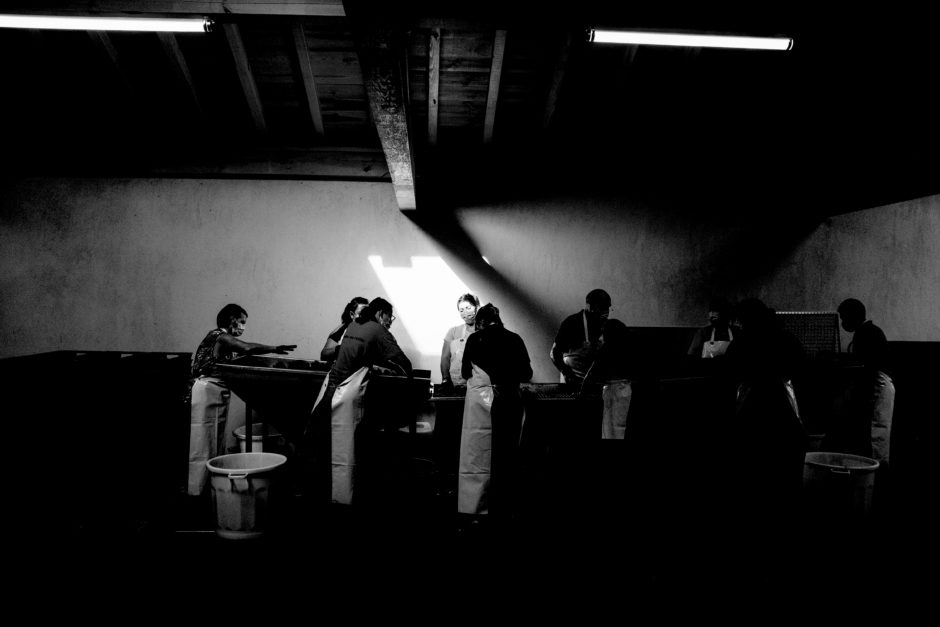
“I think our 2019 is different from other vintages,” said Justine Tesseron, Alfred Tesseron’s daughter, who now works closely alongside him. “I think the wine is very expressive of the terroir. In 2019, we followed the vineyard very closely, we stayed on top of all the mildew treatments, so it wasn’t that challenging, but the vintage was also much drier and sunnier. The vineyard was very well balanced, even with the heatwaves. The yields were normal—30-35 hectoliters per hectare.”
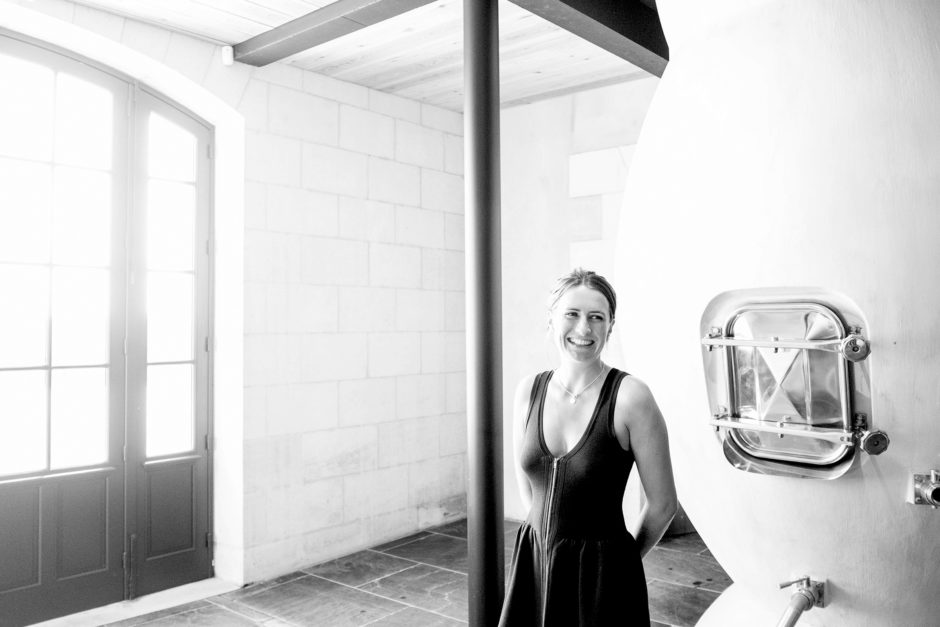
–
Article & Reviews by Lisa Perrotti-Brown MW
Photos by Johan Berglund

PRODUCERS IN THIS ARTICLE
> Show all wines sorted by scoreMore articles

Pilcrow’s New Releases
18th Apr 2024
7 tasting notes
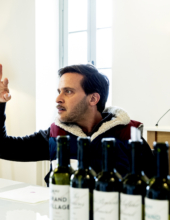
Bordeaux 2023 Primeurs Photo Essay
18th Apr 2024
0 tasting notes
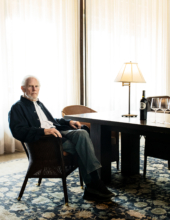
Harlan Estate, BOND, Promontory 2021 and 2011
11th Apr 2024
14 tasting notes
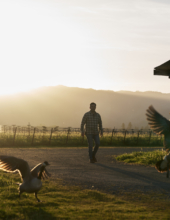
Favia 2012-2021
04th Apr 2024
17 tasting notes
Show all articles
